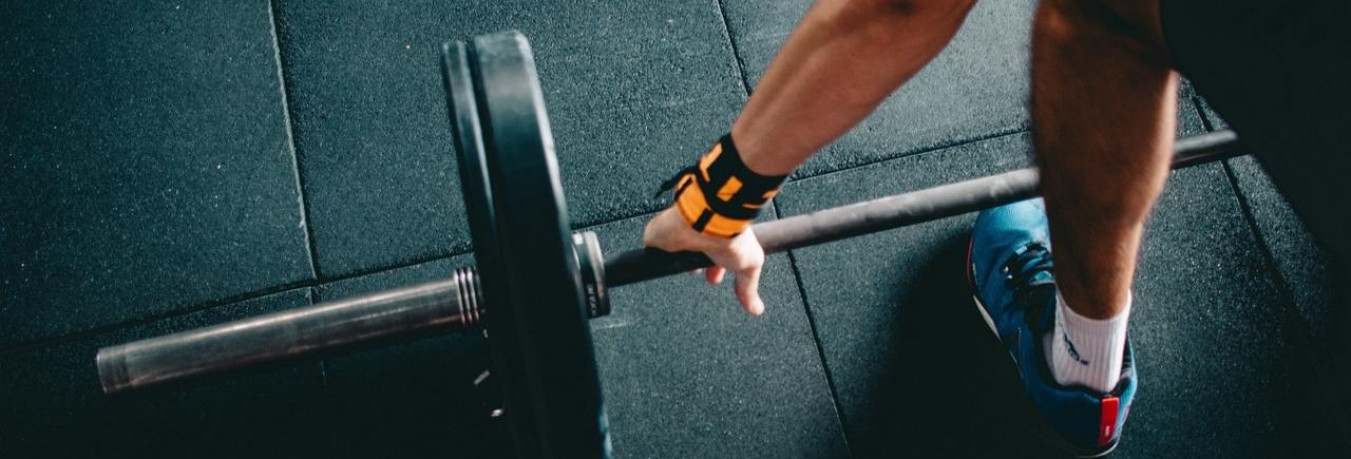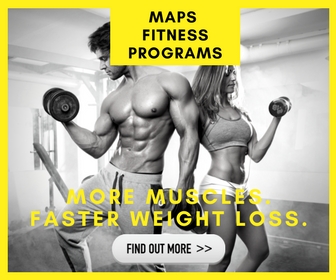
Exercises That You Probably Aren’t Doing That You Should Be Doing For Maximum Muscle Gain
May 14, 2018 mindpumpI love lifting weights. Its actually my favorite thing to do and I have been doing it religiously personally for 25 years and I’ve been using weight training as a tool professionally as a trainer for over 20 years. During this time a few things have become very clear, one of which is that not all exercises are created equal. For example, there are literally over 100 exercises that I can think of that work the legs but none of them are as effective for the vast majority of people as barbell squats. This is so widely accepted as truth that you would be hard-pressed to find a single coach or personal trainer or fitness personality that won’t put barbell squats at the top of their list of effective lower body exercises. Barbell squats are what I call a super exercise. There are a handful of exercises that are in this category of super exercises. Barbell squats, deadlifts, overhead presses, bench presses, barbell rows and a few others are on this list and they can be found in the routines of any lifter who is serious about strengthening their body or building muscle.
That being said there are a few super exercises that typically DON’T make the list of exercises serious people always include…but they definitely should. The exercises I list below belong in your routine if you are serious about your results. They build muscle and strength far better than most. If you aren’t doing the following movements you are missing out on some serious gains.
Snatch Grip Deadlifts
When I talk to most people today who have any idea of resistance training I typically don’t have to sell them on the benefits of deadlifts. These days everyone deadlifts and this is a great thing. It’s a foundational and functional movement that builds strong thick muscles of the back, glutes, and hamstring better than any other exercise out there. Here is the deal with deadlifts…although they are super effective if you never do variations of traditional deadlifts you will soon find yourself plateauing. There are many variations of this lift but one of my absolute favorites is the snatch grip deadlift. I never see anyone doing these which is too bad…they work the posterior chain (all the muscles of your backside) incredibly well and gaining strength in this variation will carry over to your regular style deadlifts. The wide grip hits the back and lats differently and it forces you to squat lower when you start the lift which helps people strengthen what is usually the weakest part of their deadlift…the bottom.
Snatch grip high pulls
I usually don’t recommend power movements to most people. This isn’t because they don’t have value, power movements done properly and consistently bring ridiculous strength and muscle gains. Look at Olympic lifters…they all have dense hard muscle and they possess the kind of strength most of us can only dream of. The problem with power movements is in the execution. The skill required to do a power movement well is the limiting factor and, if you do a power movement wrong, the risk of injury is high. There is one power movement, however, that I do recommend to my more advanced lifters. It’s the snatch grip high pull. It requires less skill than a full-on snatch or clean which makes it easier to learn and it still promotes power adaptations which can really contribute to muscle gain. This exercise trains your yoke (the upper back and trap area) better than any other exercise I have ever done. A strong yoke is something you always see in strength athletes because a strong upper back is necessary for overhead pressing strength and for general lifting strength. Plus it looks really cool.
Fat Girl Presses
I don’t need to convince you of the necessity of a strong core. It supports everything you do when you lift and it communicates to others visually that you’re fit and strong. Core strength is especially essential when we do some of the heaviest and most effective exercises like the deadlift and the squat. In fact, this is why powerlifters and strong men wear weight belts…they provide increased core stability for those heavy max lifts. Some people say that weight belts reduce core activation…this is false. Studies show the core is very active when we wear weight belts. The only difference is in the recruitment pattern or in the way the core is activated. When we lift heavy without a belt our core tends to brace and suck in a bit to provide our spine with stability. When we wear a belt our core braces and PUSHES OUT against the belt to use the belt as additional stability. This is a skill, in fact, it can take a few weeks to get used to using a real powerlifting belt so that your core fires most effectively with the belt. If you wear a belt when you lift heavy then this action can and SHOULD be trained. Fat girl presses (such an unfortunate name) do this very well. I like to do reps of these for time, upwards of 30-60 seconds and since incorporating them I’ve noticed much more out of my belted lifts.
Heavy Farmer Walks and Overhead Walks
With all of the weight training exercises that people do nowadays, it has become clear that we neglect TENSION type strength. Muscles contract in a few different ways…they either contract concentrically (shorten), eccentrically (lengthen) or isometrically (they hold steady). Most popular lifts involve the concentric (lift the weight) and eccentric (lower the weight) but almost none of them train the ability to simply contract and hold. In the early days of weight training bodybuilders and athletes practiced tension moves ALL THE TIME. Handstands, tension holds and heavy farmer walks were staples and for good reason. They noticed more muscle and strength gains when implementing them vs when they didn’t. The ability to lift something off the ground and carry it is a functional movement which we use all the time and, if experience in this field has taught me anything, it’s that functional or foundational type movements build the most muscle. Walking is about as foundational as it gets. Grab some heavy dumbbells or a trap bar and simply walk for distance. You will feel every single muscle in your body strain and tighten to support your movement. You can also practice overhead carries where you take heavy dumbbells or a barbell and press it above your head and simply walk while keeping the weight pressed above your head. This movement WILL add pounds to your overhead press.
This all begs the question “when should you do all these movements?” Below I give a good basic breakdown of sets and reps and when to include these movements.
Snatch Grip Deadlifts 3 sets 8-12 reps
Do these in your back workout to replace conventional deadlifts.
Snatch Grip High Pulls 3 sets 12-15 reps
Use light weight and focus on explosive form. Do these at the beginning of your back workout.
Fat girl presses 3 sets of as many reps as you can for 60 seconds
Do these at the end of your core workouts
Heavy Farmer Walks 3 sets of 50 yards
Do these at the end of your leg or back workouts
Overhead Walks 3 sets of 50 yards
Do these at the beginning or at the end of your shoulder workouts
Add these exercises to your workout NOW and give yourself a few weeks to acclimate. Start light on all of them and work on perfect form. In a relatively short time, you will notice more strength and muscle gains. I am confident you will make some of these staples in your routine once you see and feel how effective they truly are.







